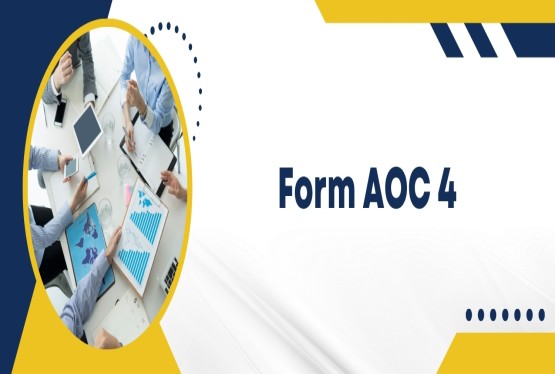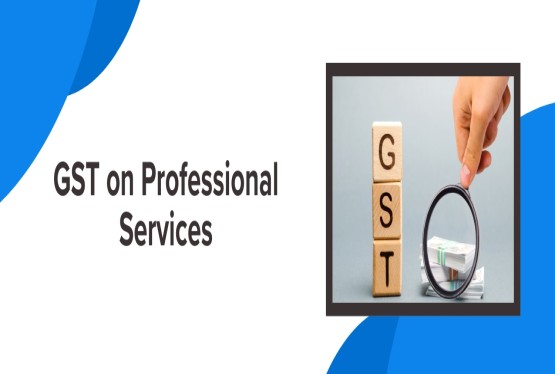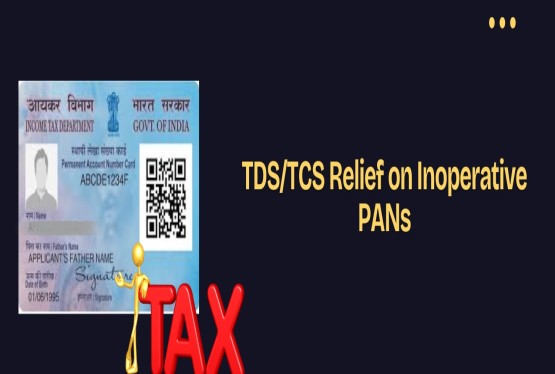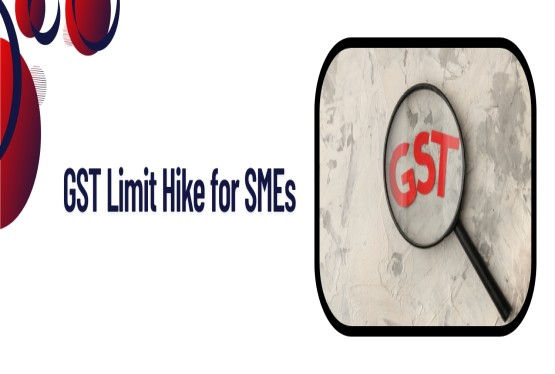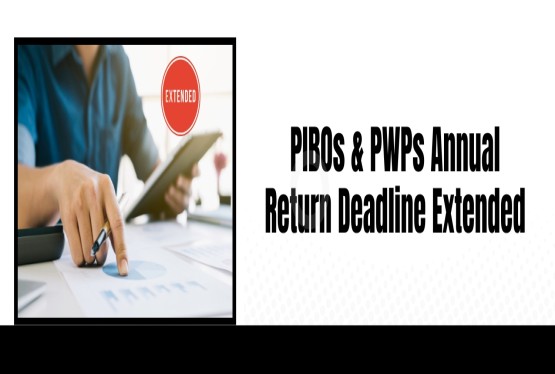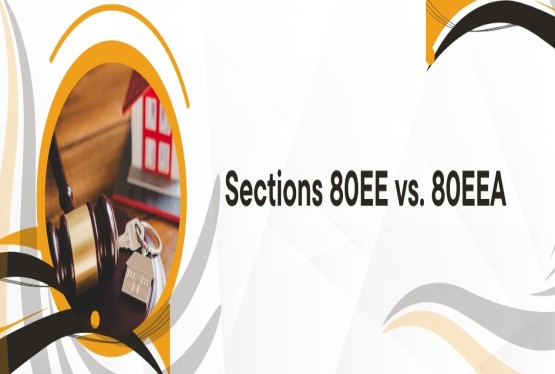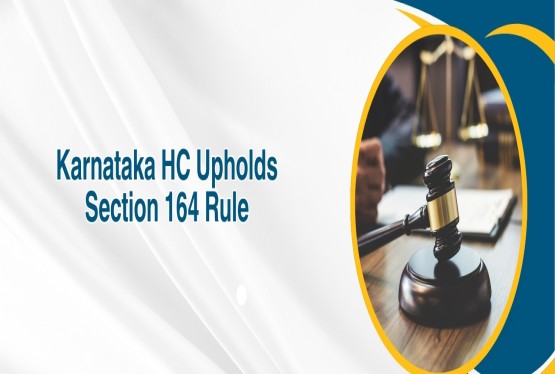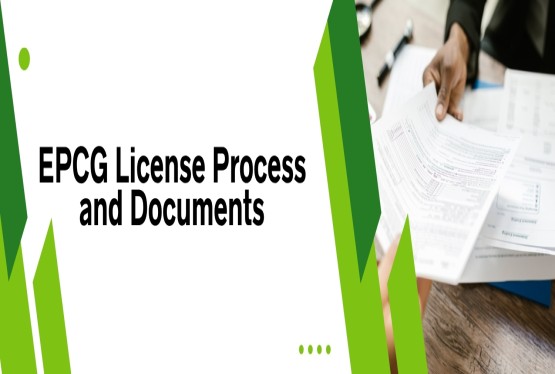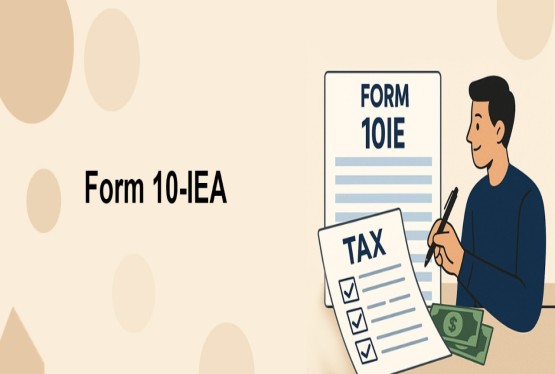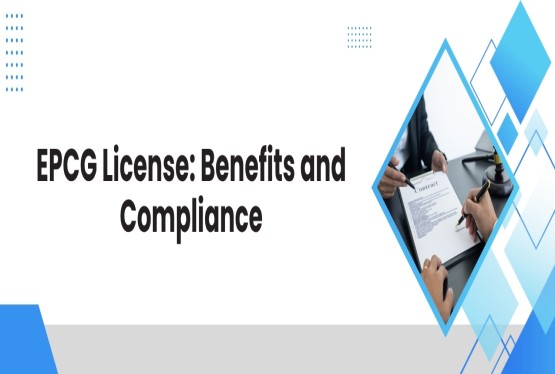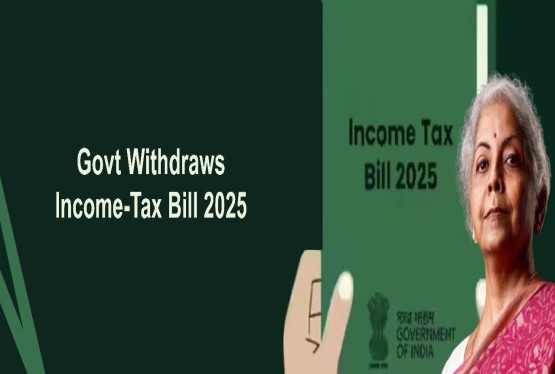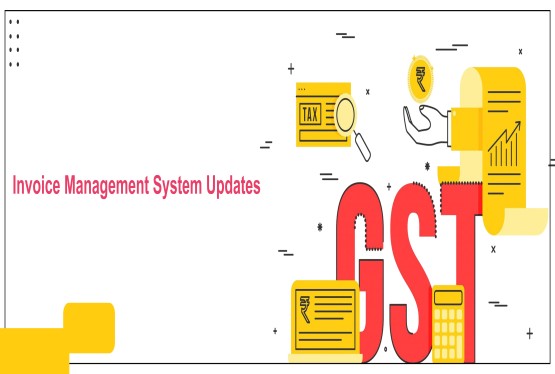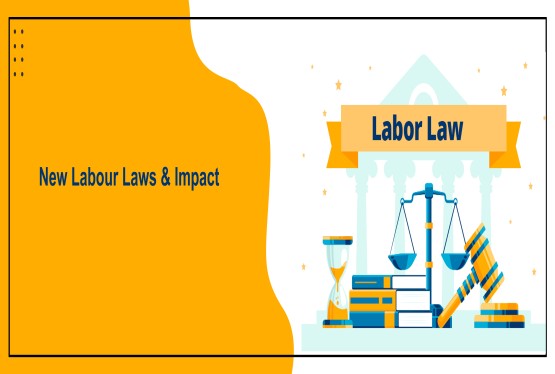The Central Board of Direct Taxes (CBDT), under the Ministry of Finance, has issued Notification No. 40/2025 dated 29th April 2025, which introduces the Income-tax (Twelfth Amendment) Rules, 2025. These rules amend the Income-tax Rules, 1962 and particularly bring changes to Rule 12, which prescribes the forms for filing income tax returns in India. These amendments are aimed at simplifying return filing for specific classes of taxpayers and aligning procedural requirements with recent legislative developments. This article breaks down the changes made through this notification, explaining them in simple and clear language for better understanding and compliance.
Title and Commencement of the New Amendment Rules under IT (12th Amendment) Rules, 2025
The notification begins by declaring the title of the new amendment rules as the Income-tax (Twelfth Amendment) Rules, 2025. It is clearly mentioned that these rules shall come into force from the 1st of April, 2025. This effective date aligns with the beginning of the new financial year (FY 2025-26), thereby giving legal enforceability to the updated provisions from the outset of the assessment period.
Amendment in Rule 12 of Income-tax Rules, 1962
Rule 12 of the Income-tax Rules specifies who can file which Income Tax Return (ITR) form, depending on the source of income and residential status. The latest amendments modify sub-rule (1) and sub-rule (5), and also make changes related to Form No. 10BA under Rule 11B. These changes have both practical and procedural implications.
2(a). Changes in Sub-rule (1) of Rule 12
Sub-rule (1) of Rule 12 deals with the types of income that are allowed under different ITR forms. It outlines the eligibility criteria for taxpayers to file simpler ITR forms such as ITR-1 (SAHAJ) and ITR-4 (SUGAM).
1. Substitution of Assessment Year
The earlier version of the rule had references to the assessment year 2024. The amendment replaces these figures with 2025, which essentially updates the rule to make it applicable for Assessment Year 2025-26.
2. Modification in Clause (a), Sub-clause (iii)
Previously, clause (a)(iii) stated that a person is eligible to file ITR-1 if they do not have any loss under the head 'Capital Gains'. Now, the amended text includes the phrase "or;", signifying that a new sub-clause is being added just after it, providing further flexibility for taxpayers with certain types of capital gains.
3. Insertion of Clause (a)(iv): Long-Term Capital Gains up to Rs. 1.25 Lakhs
This is one of the key highlights of the amendment. A new sub-clause (iv) has been introduced under clause (a), which states that an individual can file ITR-1 (SAHAJ) even if they have long-term capital gains under section 112A not exceeding Rs. 1,25,000, provided:
-
The assessee has only LTCG under Section 112A.
-
There is no brought forward loss under the head 'Capital Gains'.
-
There is no loss to be carried forward.
This addition allows more taxpayers with small capital gains from shares or mutual funds to file ITR-1, which is a simpler return form.
4. Revised Wording of Clause (ca): Use of ITR-4 (SUGAM)
Clause (ca) deals with the use of Form ITR-4 (SUGAM). The earlier provision allowed resident individuals, HUFs, or firms (excluding LLPs) to file ITR-4 only if they derived income under the head 'Profits and Gains of Business or Profession' as per presumptive taxation (Sections 44AD, 44ADA, and 44AE).
The amendment now allows such taxpayers to also have long-term capital gains under Section 112A not exceeding Rs. 1,25,000, and still be eligible to file ITR-4. The new language divides the eligibility into two parts:
-
Income under presumptive taxation (Sections 44AD, 44ADA, 44AE), and
-
LTCG under Section 112A not exceeding Rs. 1,25,000, without any loss carried forward or brought forward.
This change is significant because earlier any capital gain, even if minor, would push the taxpayer out of the eligibility for ITR-4. Now, such taxpayers can continue to use the simplified ITR-4.
2(b). Changes in Sub-rule (5) of Rule 12
Sub-rule (5) pertains to the assessment year reference for the filing of returns. The previous rule mentioned "2023", which has now been substituted with "2024". This update synchronizes the rule with the upcoming Assessment Year 2025-26, as the previous figure had become outdated.
This is a routine update that ensures the rule refers to the correct and relevant assessment year and is in line with the updated tax forms and filing framework.
Amendment in Rule 11B: Submission of Form 10BA
Another important change is introduced in Rule 11B. This rule outlines the requirement to furnish Form No. 10BA.
What is Form 10BA?
Form 10BA is a declaration form required to claim deduction under Section 80GG, which is for individuals who do not receive House Rent Allowance (HRA) but pay rent for residential accommodation.
The amendment now makes it mandatory to furnish Form 10BA along with the return of income, rather than furnishing it separately or at a later stage. This change is designed to enhance transparency, reduce documentation lapses, and ensure faster processing of claims related to rent deductions.
This amendment will push taxpayers to be more cautious and prompt in submitting the declaration at the time of return filing itself.
Impact of These Amendments
These changes are a part of the government’s continued efforts to simplify compliance and promote digital filing of returns. Here's how they will impact taxpayers:
-
Broader Eligibility for ITR-1 and ITR-4: By allowing long-term capital gains up to Rs. 1.25 lakh (under section 112A) without loss carryforward into ITR-1 and ITR-4, the scope for using simpler return forms has been expanded. This means reduced compliance costs, lesser documentation, and faster filing for many small investors and small business taxpayers.
-
Simplified Compliance for Presumptive Income Taxpayers: Taxpayers opting for presumptive taxation often deal with smaller transactions. Allowing minor LTCG without disqualifying them from using ITR-4 helps them stay in a simplified tax regime.
-
Timely Submission of Form 10BA: Mandating the filing of Form 10BA with the income tax return itself will reduce delays and the possibility of deduction denial due to incomplete documentation.
-
Updated Assessment Year References: These minor but essential changes ensure that the rules always stay aligned with the current assessment year and do not cause confusion during return filing.
Conclusion
The Income-tax (Twelfth Amendment) Rules, 2025 reflect the government’s intent to support easy tax compliance and streamline the return filing process. These amendments, particularly in Rule 12, provide relief to small investors and presumptive taxpayers by allowing limited LTCG within ITR-1 and ITR-4.
Further, the mandatory submission of Form 10BA along with the return ensures that all claims are documented upfront, thereby minimizing scrutiny and increasing efficiency.
Taxpayers are advised to go through the updated eligibility criteria carefully before choosing their ITR form for Assessment Year 2025-26. Consulting a qualified tax professional is also recommended in case of uncertainty.
Frequently Asked Questions (FAQs)
Q1. What is the limit for capital gains under section 112A to be eligible for ITR-1 or ITR-4?
Ans. The limit is Rs. 1,25,000 for long-term capital gains under Section 112A. The taxpayer must not have any losses to carry forward or brought forward.
Q2. Who can file ITR-1 under the new rules?
Ans. A resident individual with income from salary, one house property, and other sources, and LTCG under section 112A not exceeding Rs. 1.25 lakh without losses can file ITR-1.
Q3. Can a person with capital gains file ITR-4?
Ans. Yes, if the person is otherwise eligible for presumptive taxation under sections 44AD, 44ADA, or 44AE and the LTCG under section 112A is within Rs. 1.25 lakh, they can file ITR-4.
Q4. What is the new requirement for Form 10BA?
Ans. Taxpayers claiming deduction under Section 80GG must now submit Form 10BA along with their income tax return.
Q5. Are these amendments applicable for returns filed in FY 2024-25?
Ans. No, these are applicable from 1st April 2025, i.e., for returns related to Assessment Year 2025-26.








_crop10_thumb.jpg)




































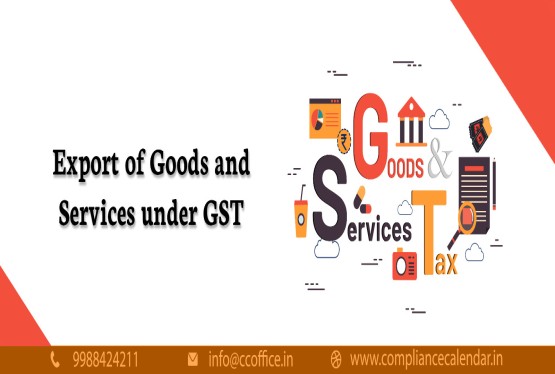













































_for_FY_2025-26_crop10_thumb.jpg)



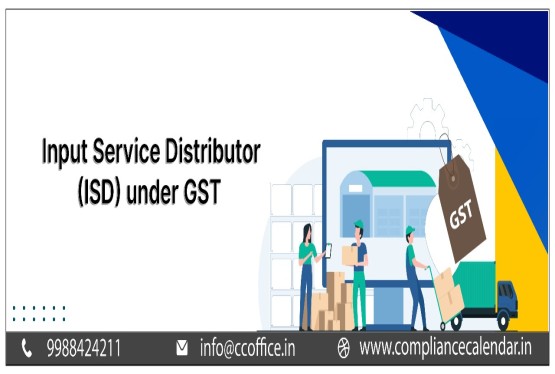








_learn_crop10_thumb.jpg)








_Filing_Due_Dates_for_FY_2024-25_learn_crop10_thumb.jpeg)
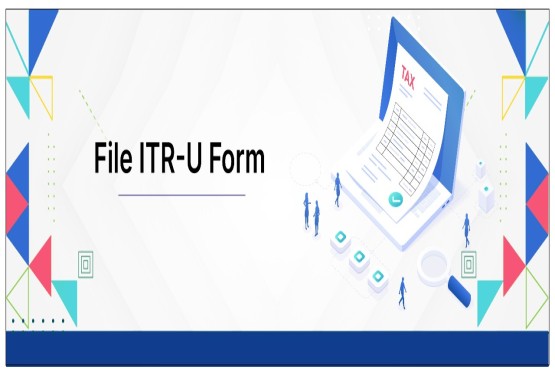
























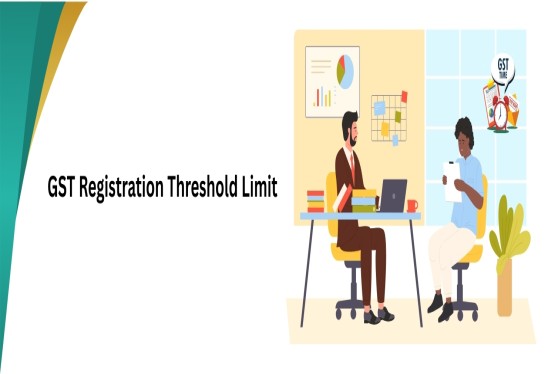
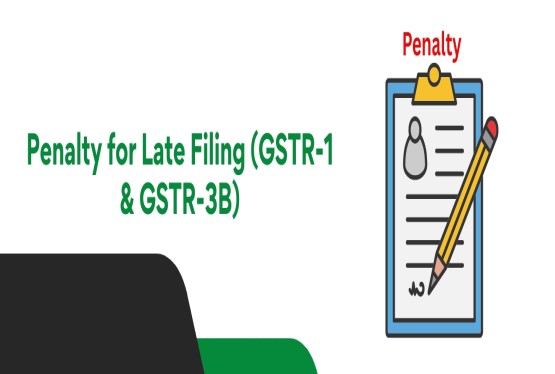












_of_GST_Act_learn_crop10_thumb.jpg)









_Under_GST_learn_crop10_thumb.jpg)









_crop10_thumb.jpg)


_crop10_thumb.jpg)






_learn_crop10_thumb.jpg)






















_of_the_Income_Tax_Act_learn_crop10_thumb.jpg)



_learn_crop10_thumb.jpg)






_learn_crop10_thumb.jpg)






_crop10_thumb.jpg)




















_in_The_Income_Tax_Act,_1961_learn_crop10_thumb.jpg)



_learn_crop10_thumb.jpg)



_of_the_Income_Tax_Act_learn_crop10_thumb.jpg)

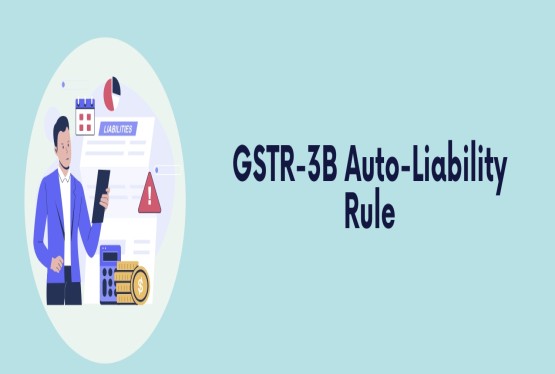
_Of_Income_Tax_Act_learn_crop10_thumb.jpg)








_learn_crop10_thumb.jpg)








_learn_crop10_thumb.jpg)
_crop10_thumb.jpg)

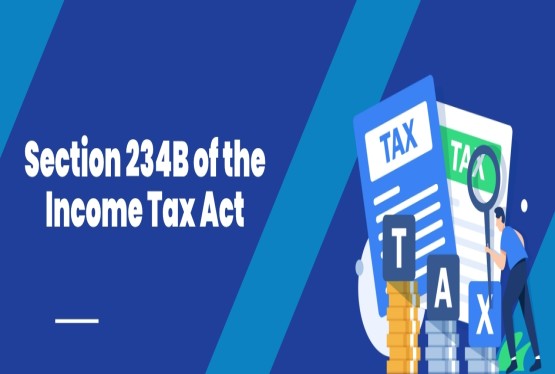




















_learn_crop10_thumb.jpg)
_for_Import_and_Export_learn_crop10_thumb.jpg)









